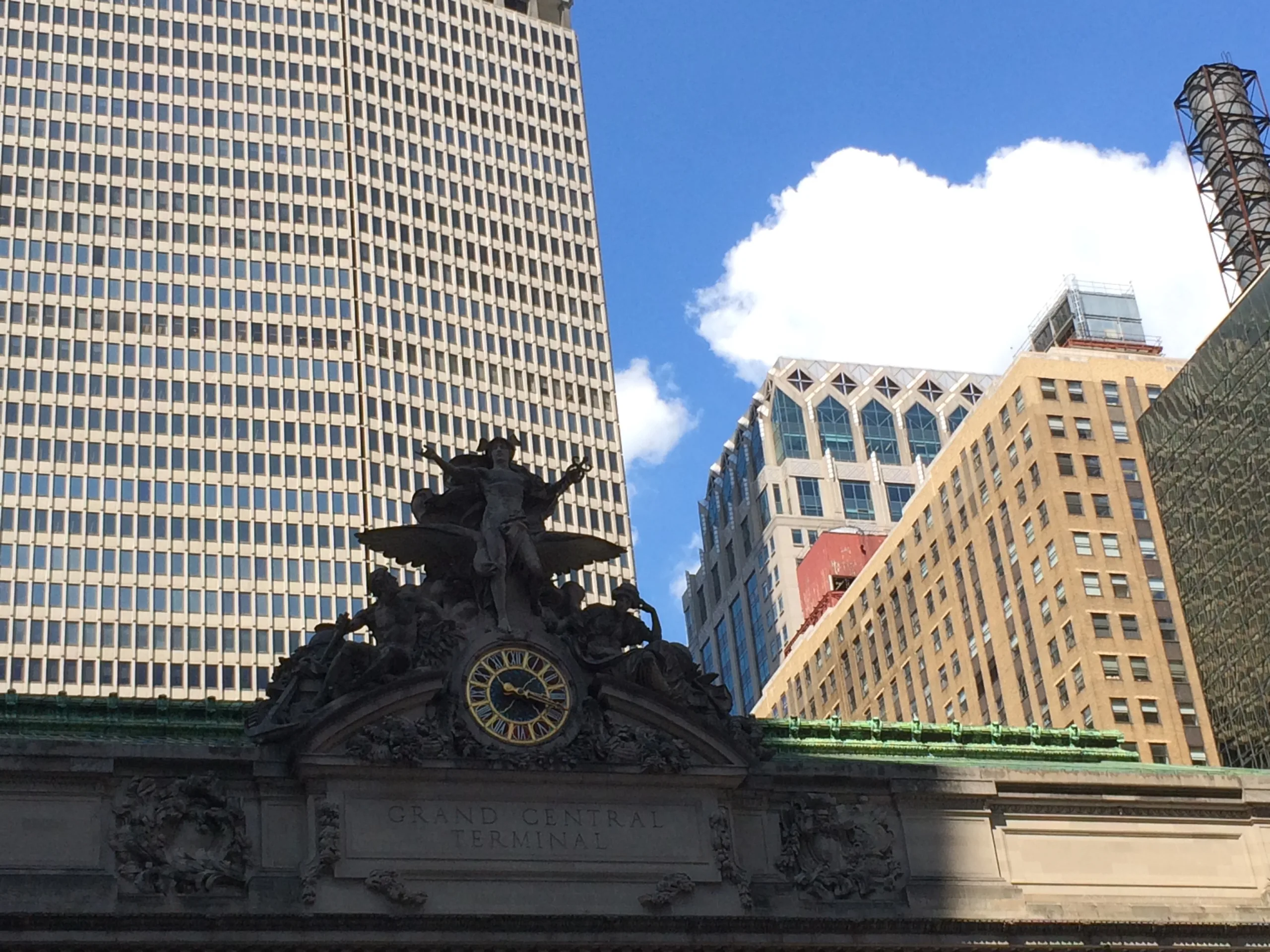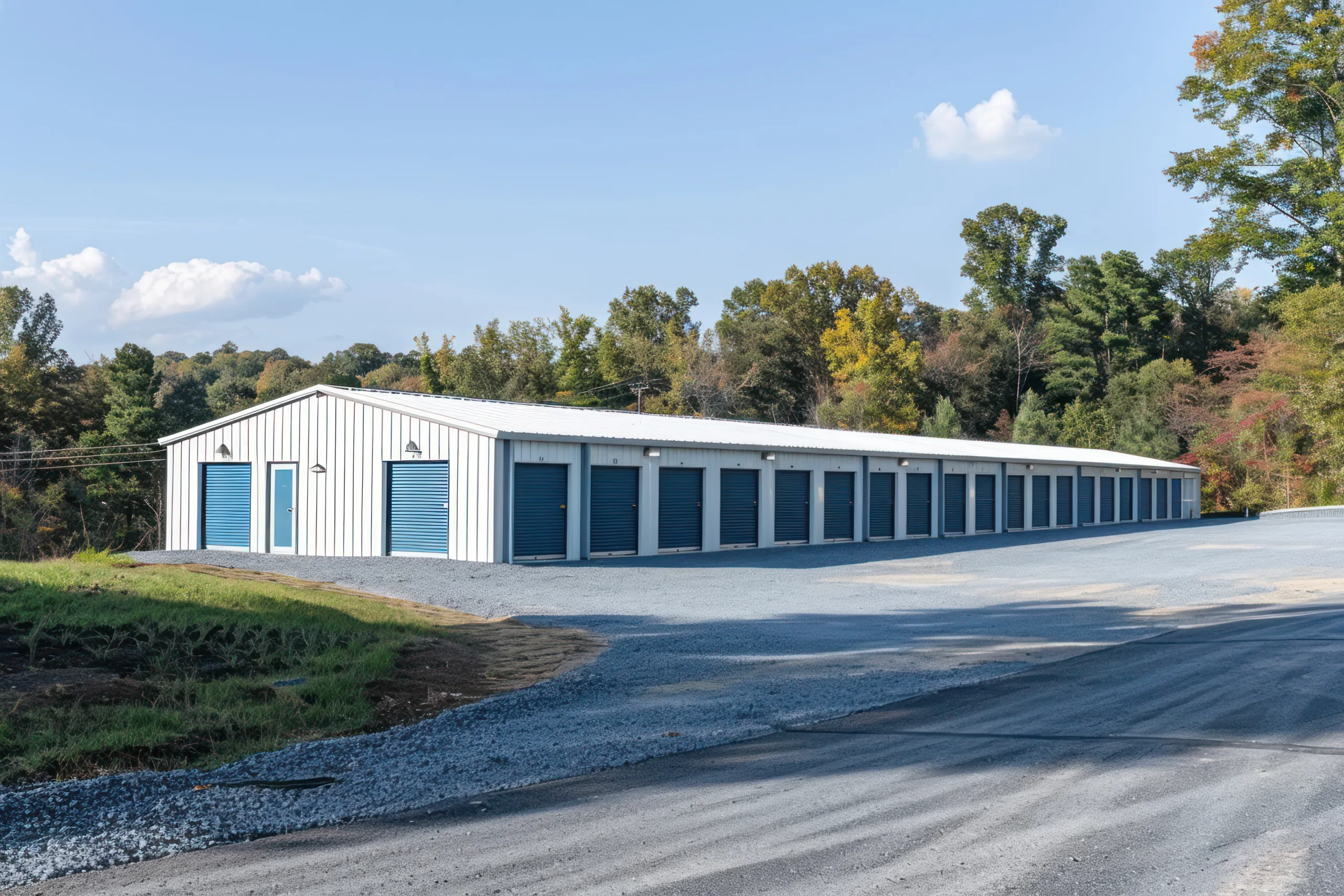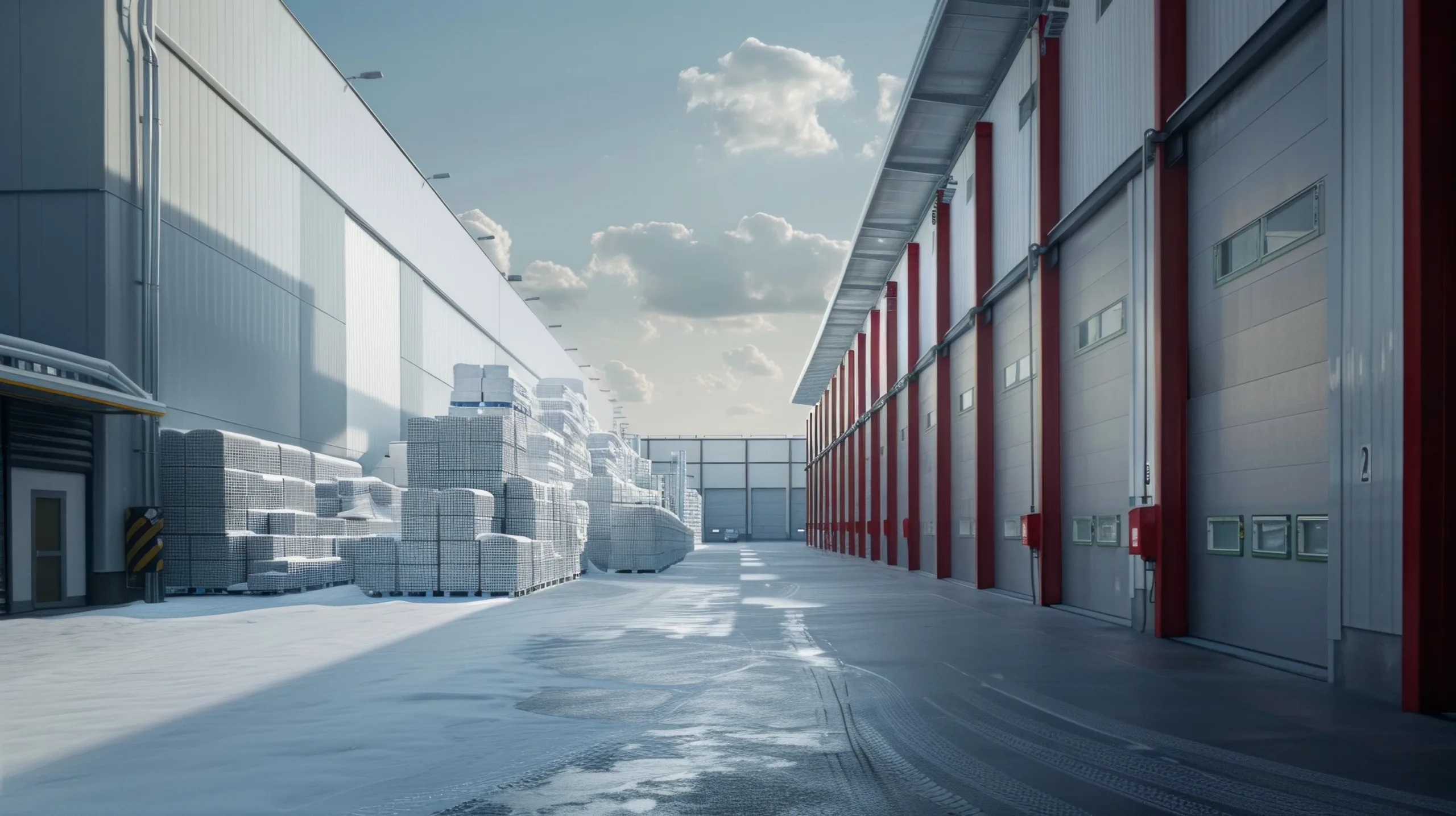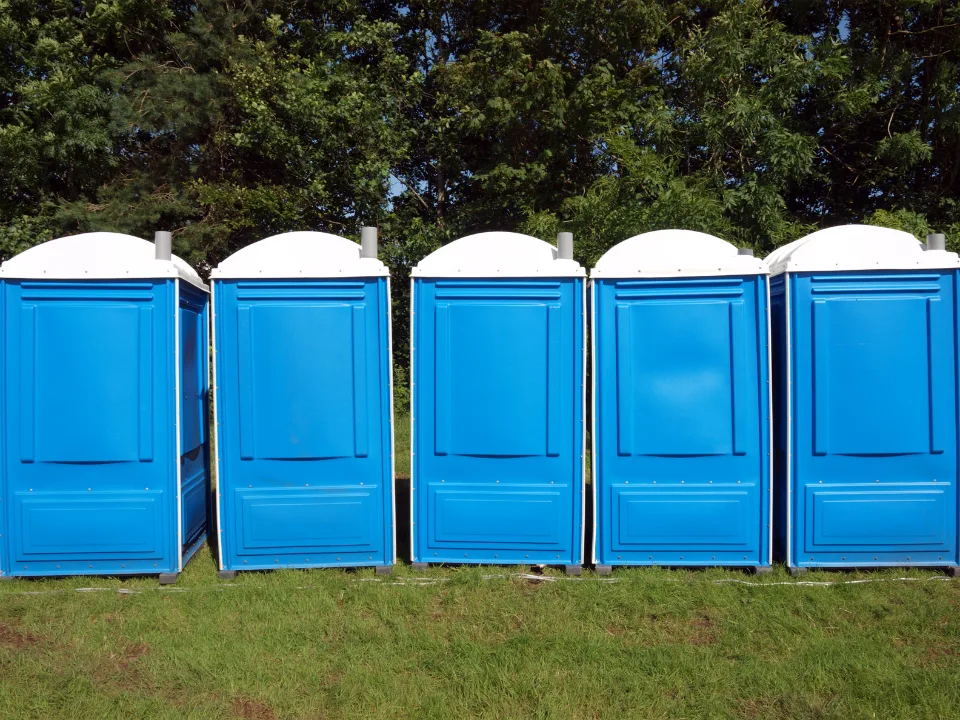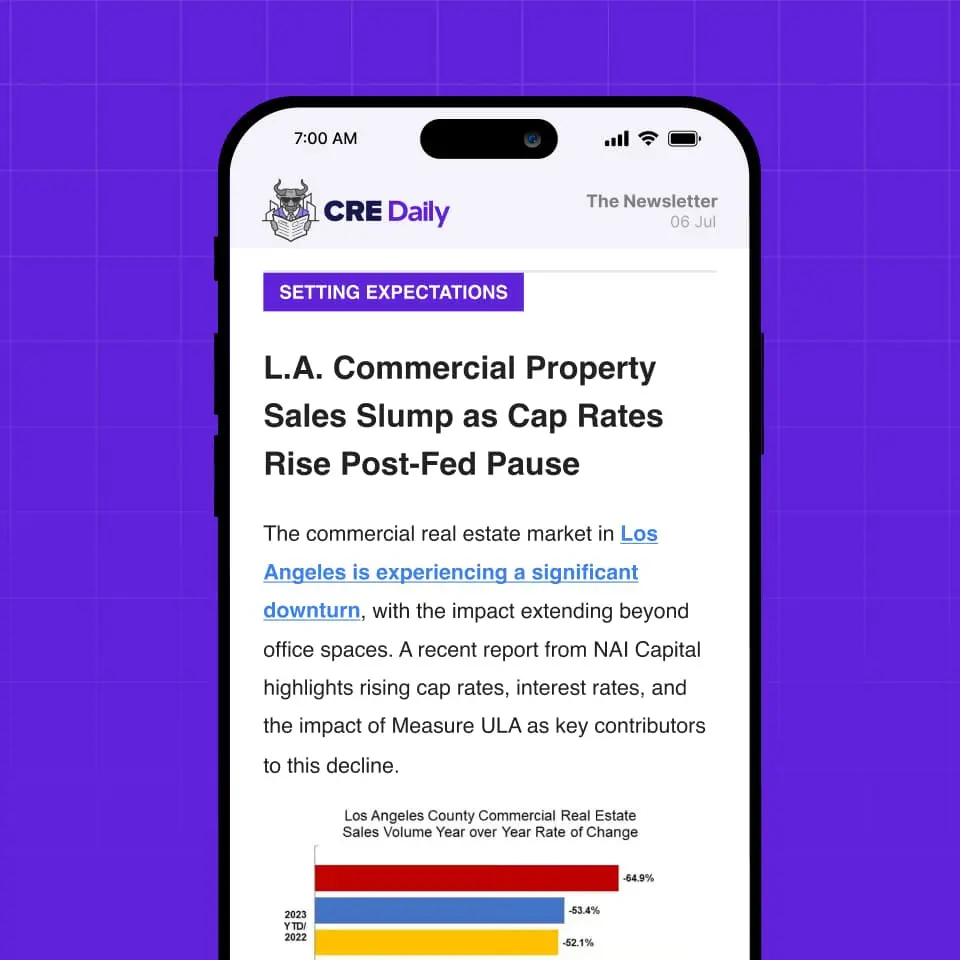- California holds 17% of the US cold storage market, the largest of any state, with the broader Western US accounting for 25% of national share.
- Online grocery growth, pharma demand, and last-mile logistics are fueling continued expansion, especially in dense metro areas like LA and the Bay Area.
- High capital costs and ESG regulations are reshaping new builds, with construction costs between $250–$350 PSF and rents reaching $32 PSF in prime markets.
Cold Storage Capital
California has emerged as the nation’s dominant player in the cold storage market, reports GlobeSt. It accounts for approximately 17% of US refrigerated warehouse revenue and facility count. This leadership position is underpinned by the state’s massive agricultural output, port access, and dense population of nearly 40M.
California’s cold storage assets are strategically located near major logistics hubs, including the Ports of Los Angeles, Long Beach, and Oakland. These locations enable efficient movement of goods across regions. As a result, the state plays a central role in both domestic distribution and global trade. Perishable products such as dairy, citrus, and specialty crops rely heavily on this infrastructure.
Get Smarter about what matters in CRE
Stay ahead of trends in commercial real estate with CRE Daily – the free newsletter delivering everything you need to start your day in just 5-minutes
Market Drivers
Demand for cold storage in California is being driven by multiple converging trends:
- Online grocery sales are expected to reach 21.5% of total grocery sales by 2025, growing at 11.7% CAGR through 2027, according to industry sources.
- Pharmaceuticals and life sciences, particularly in biotech hubs like the Bay Area, are creating increased demand for temperature-sensitive storage for biologics, vaccines, and gene therapies.
- Post-pandemic shifts in consumer behavior and direct-to-consumer delivery models have intensified the need for urban cold storage near major population centers.
Expanding With Efficiency
While cold storage remains a niche—representing less than 2% of all industrial real estate—it commands a premium. According to BLT Enterprises President Rob Solomon, rents for new cold storage in California range from $16 to $32 PSF. Top markets like Los Angeles are pushing toward the higher end of that range.
Construction is capital-intensive. New facilities cost between $250 and $350 PSF to build, influenced heavily by refrigeration complexity and sustainability upgrades. Height also plays a role in both cost and revenue potential, as occupiers seek to optimize cubic footage.
Development Trends And Outlook
Cold storage development in California is growing but remains measured. Currently, 850K to 1M SF are under construction. An additional 550K to 700K SF are expected to deliver in 2025.
Developers are responding to demand with a mix of speculative builds and build-to-suit projects, particularly in port-adjacent and logistics-heavy corridors. Roughly 55% of new development this year comes from independent developers, while 45% is led by major players like REITs Lineage Logistics and Americold.
Long-Term Investment And Market Outlook
Solomon notes that temperature-controlled storage is more expensive to build and operate. However, it offers attractive investment metrics. These include cap rates in the mid-5% to low-6% range and internal rates of return in the low-to-mid teens. With 60% of US cold storage built before 1990, modernization needs alone will sustain demand for years.
California’s regulatory pressure on sustainability is also accelerating the adoption of energy-efficient and automated designs, including solar power and low-emission refrigeration systems.
As grocery delivery, life sciences, and international trade continue to evolve, California is expected to maintain and even expand its leadership in cold storage, both in SF and technological sophistication.
Why It Matters
California’s cold storage dominance reflects broader industrial trends—urban logistics, sustainable infrastructure, and sector specialization. The state serves as a critical hub for both food and pharmaceutical industries. As a result, the future of cold storage will likely be shaped by how developers and investors adapt. Evolving demand and changing regulatory requirements will play a key role in that process.
